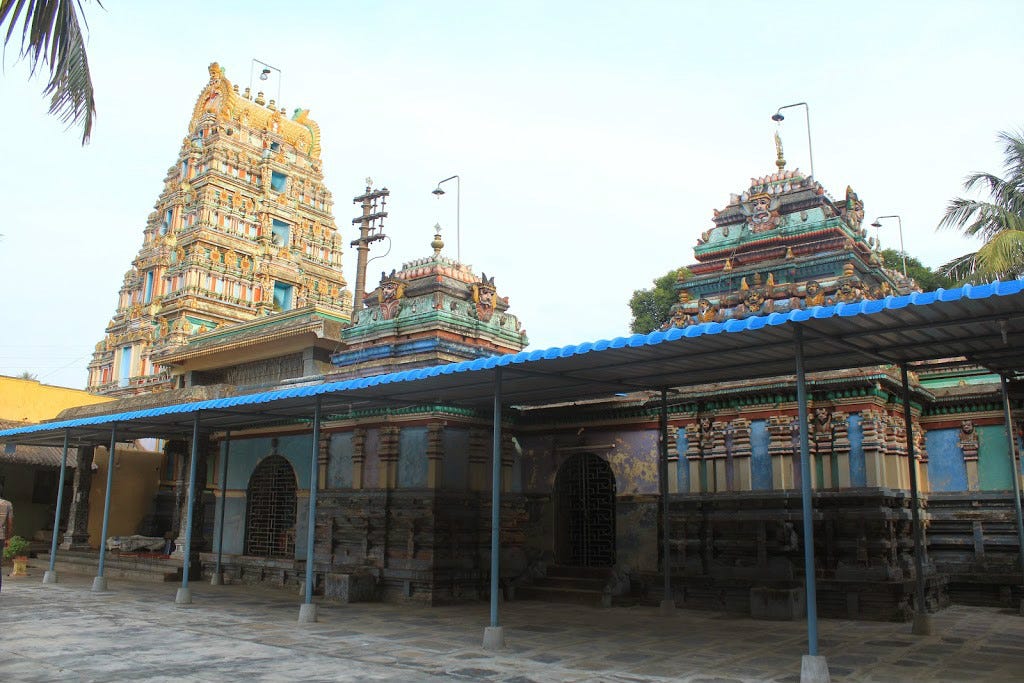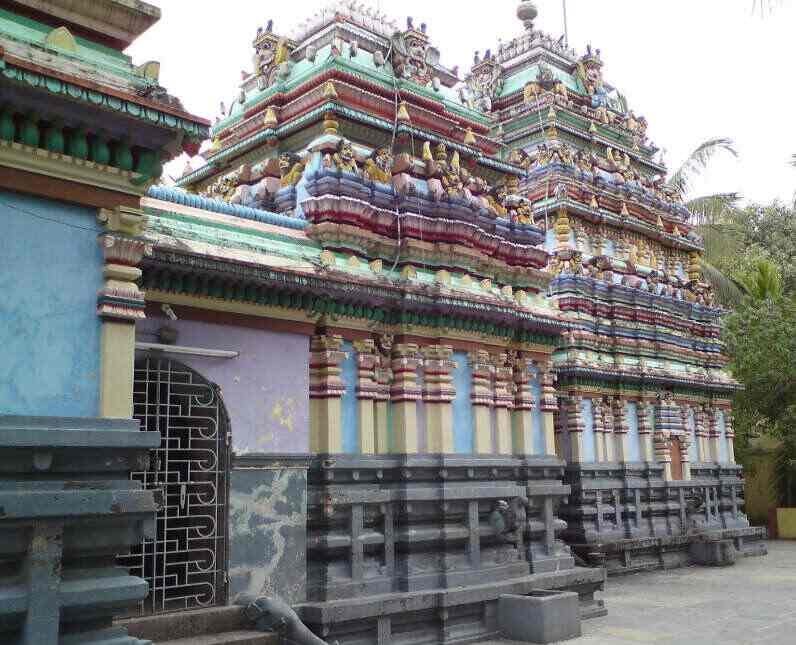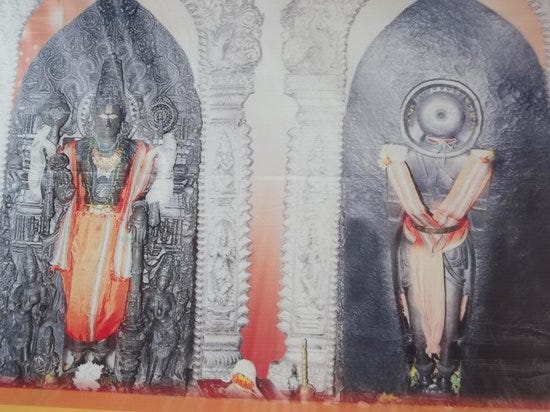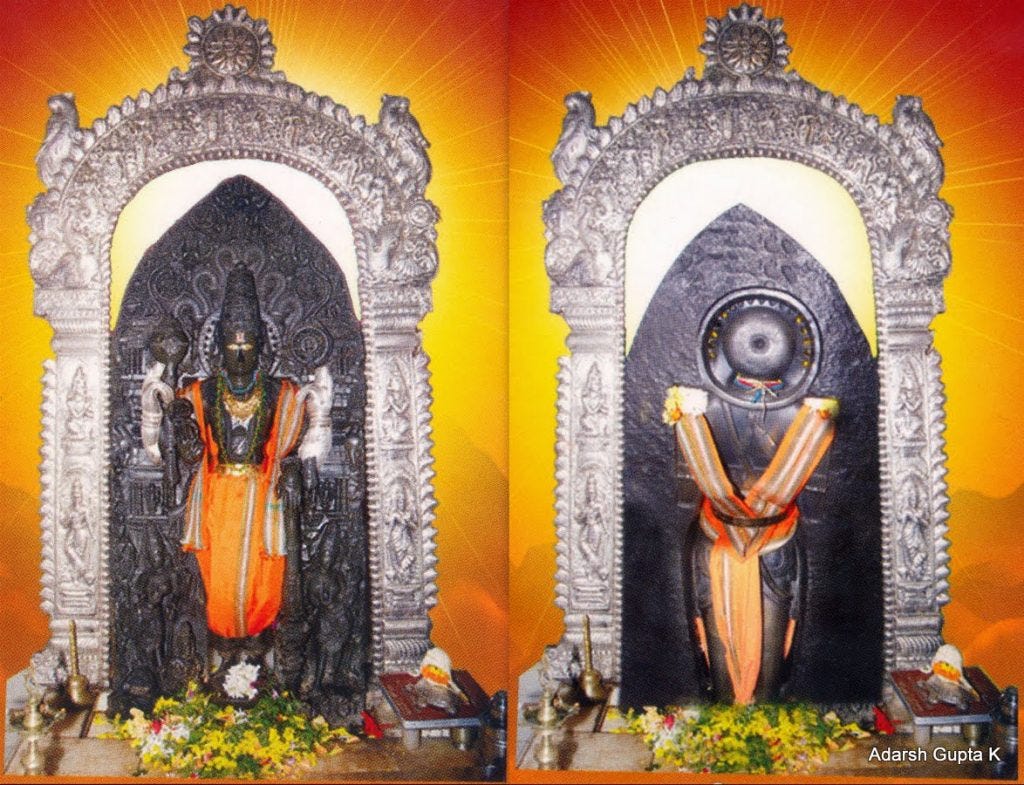Pootharekulu is one of the well known Telugu sweets, and Atreyapuram is the main center of it's manufacture, very much a cottage industry here. It basically comes with sugar or jaggery fillings.
Pootharekulu literally means "sheet( reku) with a coating(pootha)". It is so called, as the sweet is wrapped in a thin wafer layer made of rice starch, and usually stuffed with sugar/jaggery, dry fruits or nuts. Atreyapuram was where these Pootharekulu originated, and today it's a cottage industry there, with around 400 families in that village involved in it's making. Currently the Govt is trying to get GI tag for this sweet.
The making of the Pootharekulu is quite a laborious process. It's made from a particular kind of rice batter like jaya biyyam mixed with ghee and powdered sugar. To make the rice batter, coarse rice is ground for two hours. The thin cloth is then dipped in the solution, put on an inverted pot, and heated on an inverted pot, with a hole in it. The edible film which is formed, is wrapped with sugar or jaggery, coated with ghee.
Atreyapuram is also famous for it's mamidi tandra( mango jelly). The village itself is quite picturesque with it's paddy fields, canals, trees.
Ryali is famous for the Jaganmohini Keshava Swamy Temple, a very unique temple, that has Vishnu in the Jaganmohini form. The murthy carved out of single saligrama stone, has Keshava Swamy in front and Mohini in the rear.
As per the Sthala Purana, this was where Vishnu appeared in the form of Mohini, when the Devas and Asuras were fighting over their share of nectar. Mohini skillfully distributed the Amrit only to Devas, and disappeared. It's believed a flower from Mohini's hair fell at the place, which also accounts for the name, Ryali means to fall. The temple itself is a beautiful one, with colorful sculptures carved on it's walls.
The highlight of the temple though is the 5' by 3' deity made of a single saligrama stone. The front part is Keshava Swamy with 4 hands, carrying Shanka, Chakra, Gadha and Mount Manthara. The rear is that of Jaganmohini, his feminine form.
Right opposite the Keshava Swamy temple is the Uma Kamandaleswara Swamy temple, it's believed that Brahma worshipped the Shiva Linga here, with water from his kamandalam, hence the name. At the feet of the main deity of Keshava Jaganmohini, water spouts from underground, which is sprinkled on devotees. There is also a separate shrine for Satyanarayana Swamy along with Lakshmi in the same complex.












